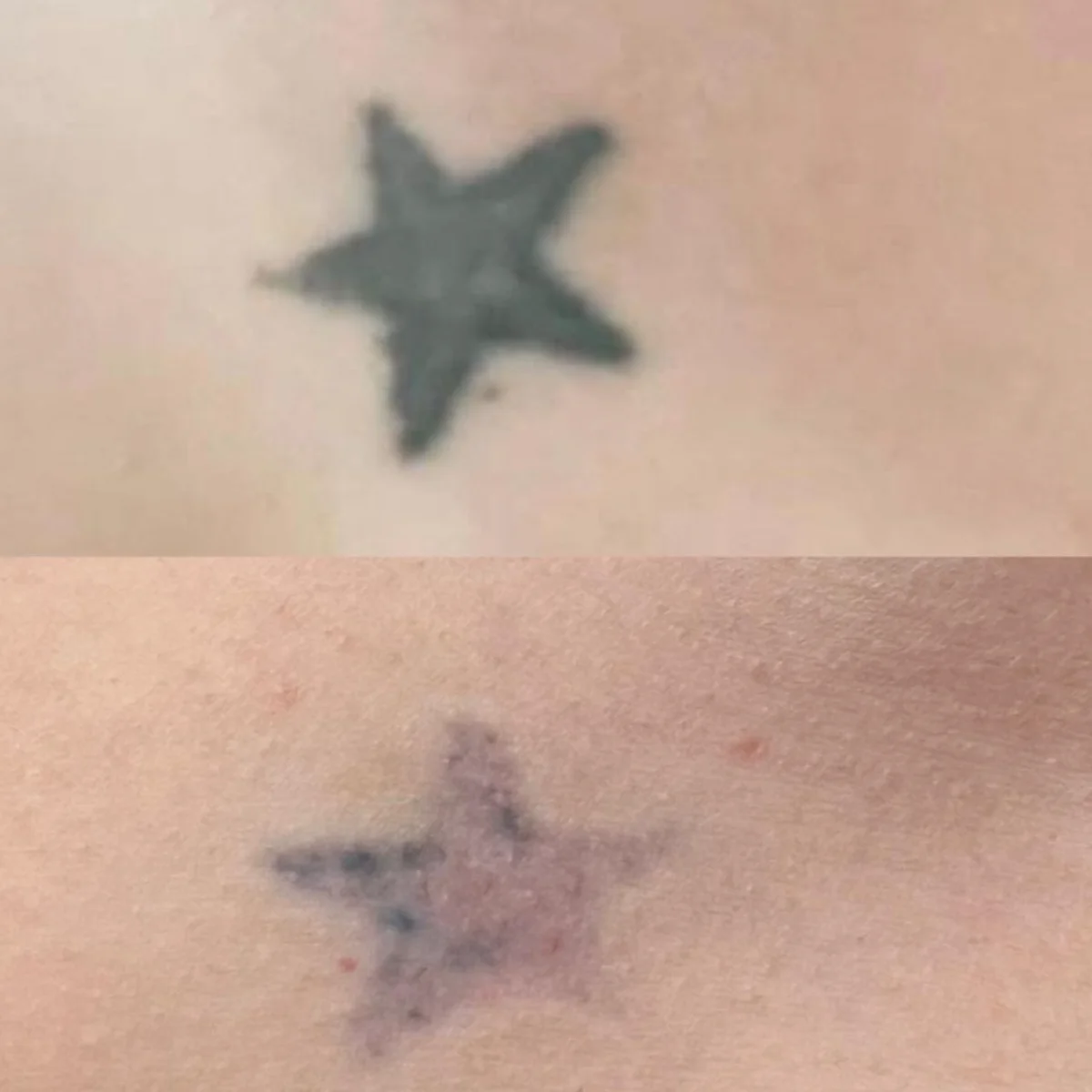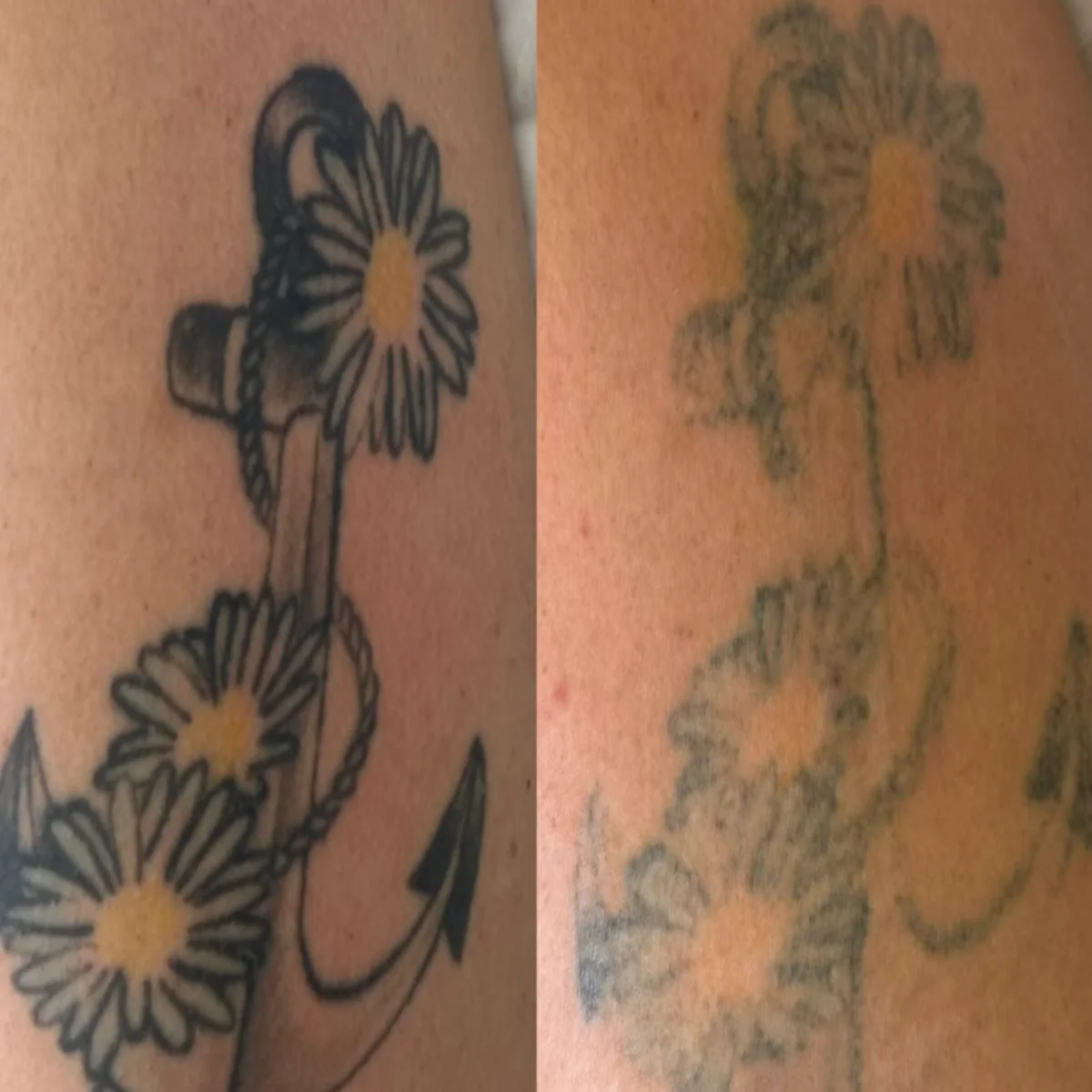Tattoo removal is a procedure that can remove permanent ink from the skin. If you no longer want a tattoo, your healthcare provider may recommend options such as laser therapy.

What is tattoo removal?
A tattoo is when an artist injects inks and pigments into your skin, creating a permanent body modification. Tattoo removal is a procedure to remove this permanent ink from your body. Your immune system usually removes foreign particles from your body, but ink particles are too large to eliminate, so they stay permanently. Tattoo removal can be a complex process that requires multiple sessions because the ink granules are located beneath the surface of your skin.
There are various methods for tattoo removal Melbourne, with laser tattoo removal being the most common. Consult a healthcare provider or dermatologist for information on removing an unwanted tattoo.
Is tattoo removal painful?
The level of pain or discomfort experienced during tattoo removal can vary depending on the method chosen. Some describe the sensation as similar to getting a tattoo or a rubber band snapping against their skin. Soreness may be experienced in the skin post-procedure.
Some medical procedures may cause discomfort, leading surgeons to administer general anesthesia or dermatologists to use topical or local anesthetics.
Who can get tattoo removal?
Factors that may indicate you are eligible for tattoo removal Melbourne include:
- Consider getting a tattoo removed.
- Are in good health.
- Don't smoke.
- It is essential to have reasonable expectations for the procedure.
- It is essential to be aware of the risks and potential side effects associated with the treatment.
Why remove tattoos?
There are various reasons why people choose to remove tattoos, with some of the most common ones being:
- You have changed your opinion about your tattoo.
- Visible tattoos are not permitted in your workplace.
- The tattoo may remind you of a person or experience that hurt your life.
How do you remove a laser tattoo?
Before the procedure, you will meet with a qualified physician to assess your skin, discuss the process, and potentially ask some questions.
- May I ask when you got this tattoo?
- Have you had any previous tattoo removal procedures?
- Was the tattoo applied by a professional or amateur?
The provider will assess the size and colour of your tattoo, possibly taking a photo to track progress. Treatment will be determined based on these factors.
In a laser tattoo removal procedure, the following steps typically occur.
- Wear protective eye shields.
- Skin's response to the laser is assessed to determine the optimal energy level for the treatment.
- The treatment involves placing a handpiece on the skin and activating the laser light in pulses over the tattooed area.
The number of pulses needed for tattoo removal varies based on the tattoo's size, with smaller tattoos requiring fewer pulses and larger ones requiring more. Multiple visits are typically needed for treatment, with the tattoo gradually becoming lighter after each session.
Following each session, your healthcare provider will guide you on maintaining your skin's health.
Laser tattoo removal usually needs multiple sessions
Multiple sessions are needed to remove a tattoo because the ink was applied in layers. Laser treatments break down the ink pigment into smaller particles. Your body needs time to flush out the ink between sessions. Your skin also needs time to heal. Laser treatments can cause swelling, blistering, and temporary skin colour changes. Superficial scarring or permanent skin discolouration may occur.
Does laser tattoo removal really work?
The tattoo removal process varies for each person. Complete removal of a tattoo is not always guaranteed. Some tattoo removal procedures may entirely remove a tattoo. However, specific colours of tattoo ink may be difficult to remove, such as those that resist removal or have deep pigment that lasers cannot reach. Blue or black tattoos typically respond well to laser treatment due to their light-absorbing properties.
Is it possible to remove a tattoo at home?
Healthcare providers do not recommend some at-home tattoo removal methods due to the potential for skin damage or infection.
Tattoo removal creams are a form of at-home treatment involving the application of a cream onto the skin. These creams purportedly work by breaking down ink particles using harsh chemicals. Results may vary, with some individuals reporting skin irritation as a potential side effect.
Salabrasion is an at-home tattoo removal process that involves removing the top layers of skin with a salt rub, which can potentially cause pain or infection.
It is recommended to seek the assistance of a healthcare provider or dermatologist for tattoo removal rather than attempting to remove it at home.
How long does tattoo removal take on average?
The time it takes to remove a tattoo varies based on size, colour, and location. Laser tattoo removal can be quick, while surgical excision may take longer. Multiple sessions may be needed, especially with laser removal, requiring six to 12 visits or more before results are noticeable.
Сare after tattoo removal
Your healthcare provider or surgeon will provide instructions on post-tattoo removal skin care.
After treatment, it is recommended to apply an ice pack to the treated area for soothing purposes. A topical antibiotic cream or ointment may be necessary, followed by a bandage to protect the site.
After treatment, it is recommended to shower the following day and avoid scrubbing the affected area. Covering the treated area with sunscreen outdoors and avoiding picking at your skin to prevent scarring is also essential.
Is tattoo removal safe?
It is essential to ensure that your tattoo removal is done by a licensed healthcare provider specializing in this procedure to ensure safety.

Advancements in laser technology have made tattoo removal more effective and less likely to result in scarring. It is essential to consult with a healthcare provider experienced in tattoo removal for personalized advice and treatment options.
Benefits of tattoo removal
Some benefits of tattoo removal are:
- Unwanted tattoos can be removed effectively.
- Enhance your appearance and boost your self-confidence.
- Recovery time following laser removal is limited.
- Slight pain or discomfort.
- It's relatively safe.
Potential risks
Potential risks associated with tattoo removal procedures include:
- Scarring.
- Infections.
- Skin discolouration.
- Skin irritation or rash may occur.
- Pain or discomfort.
Attempting tattoo removal at home is not recommended as it may be ineffective or potentially harmful to your health.
While tattoo removal at a professional facility like a tattoo parlour or spa may be considered safer than home remedies, there are still risks to be aware of. Consulting with a trained dermatologist can provide a more comprehensive health assessment and help determine your safest treatment plan.